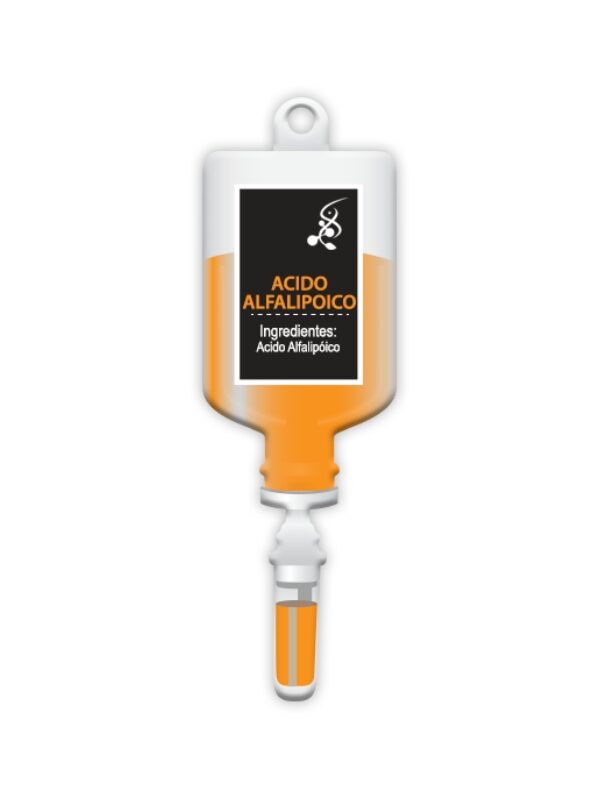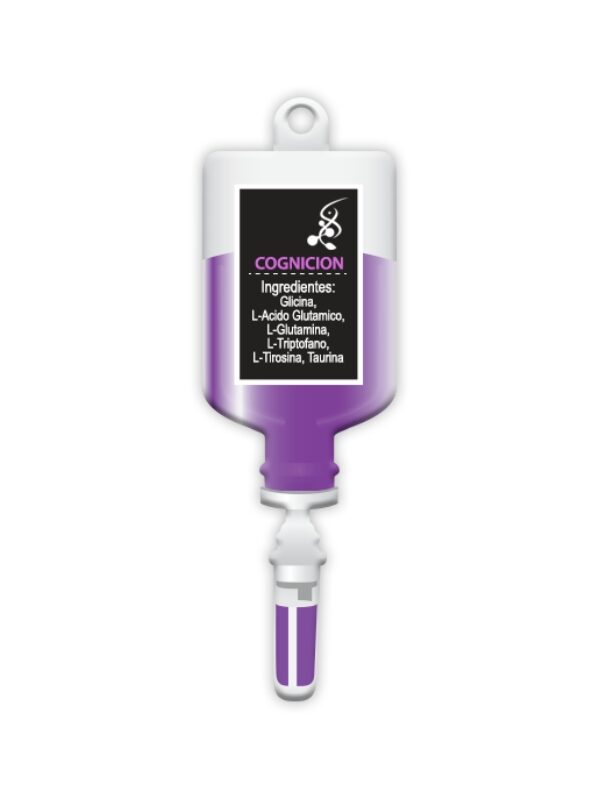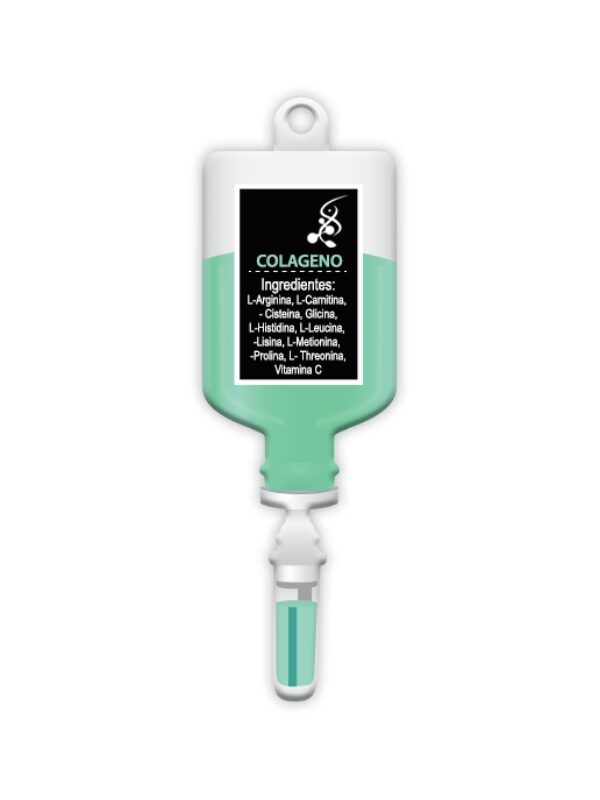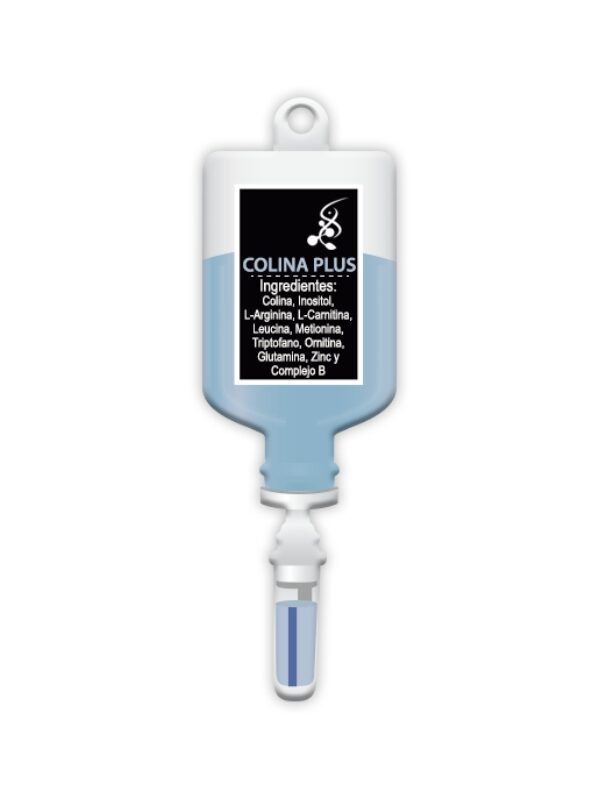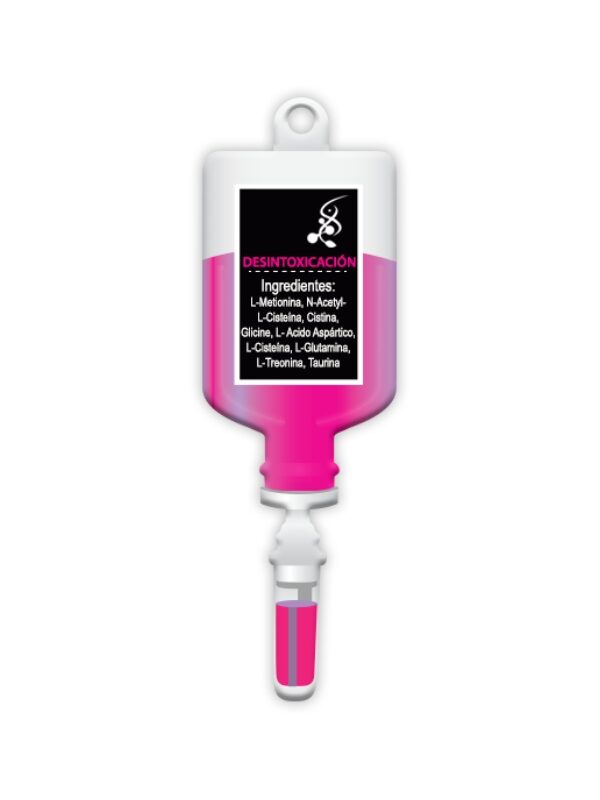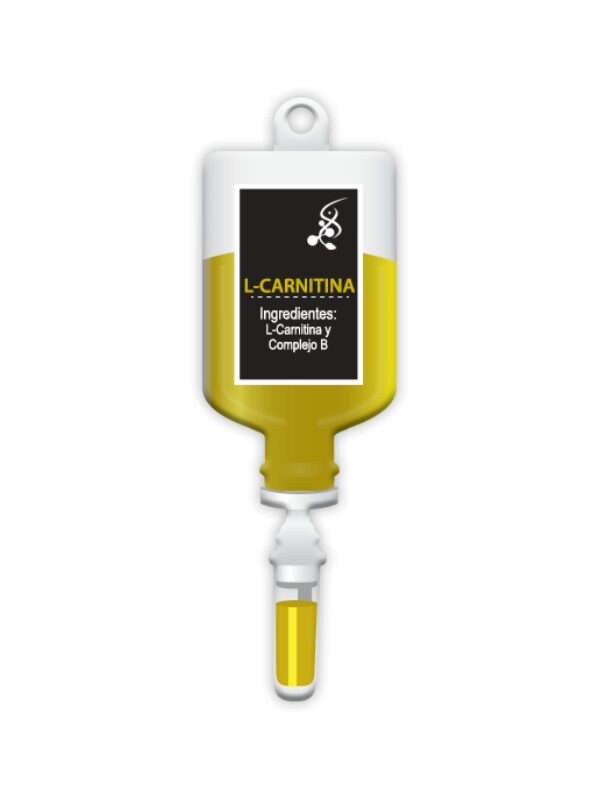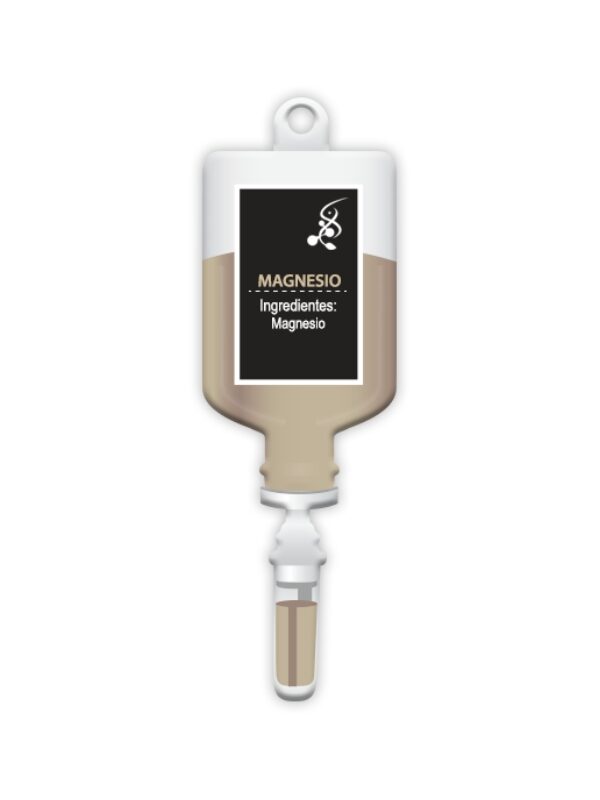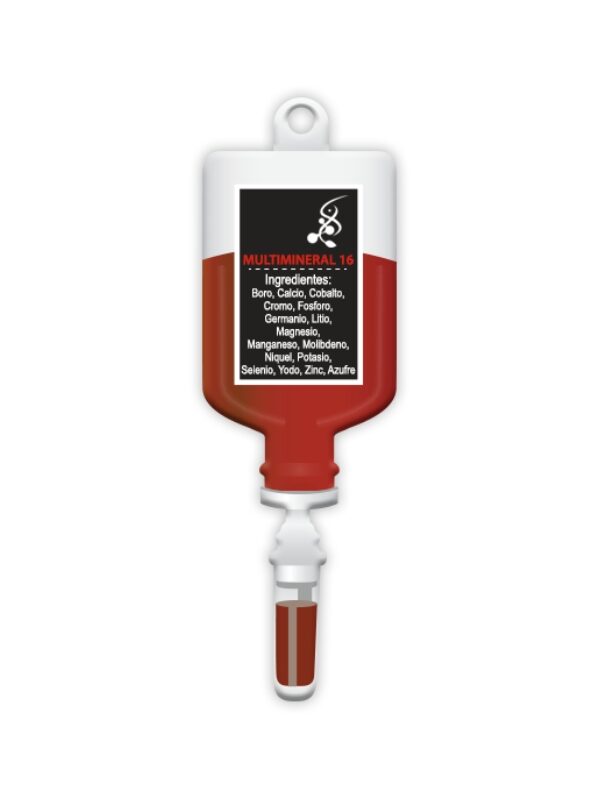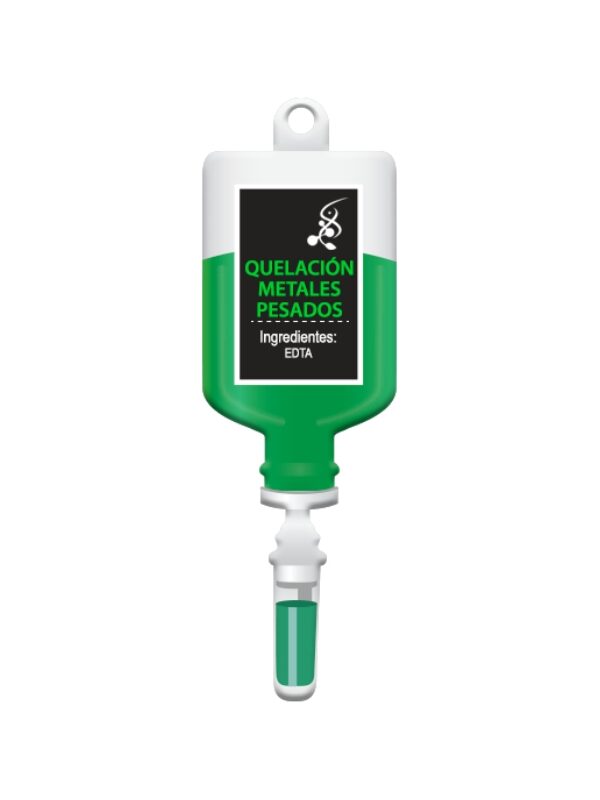Sueroterapia
En los últimos años, las infusiones intravenosas (IV) se han convertido en la terapia de elección en la medicina preventiva, medicina funcional y la salud de precisión. ¿Por qué es tan popular la terapia IV? La respuesta es que es altamente eficiente debido a la biodisponibilidad inmediata de los productos infundidos y la cantidad elevada que se puede aplicar de cada nutriente. Los minerales, nutrientes y compuestos bioactivos como las vitaminas y los aminoácidos, son más potentes cuando se administran directamente en el torrente sanguíneo. Cuando se consumen por vía oral, casi todos estos ingredientes son digeridos por nuestro sistema gastrointestinal y algunos son descompuestos en el hígado. El uso de nutrientes intravenosos es importante porque en muchas personas la absorción intestinal es reducida por falta de enzimas o probióticos y se “pierde” alguna cantidad de los nutrientes que hemos consumido con la alimentación o suplementos. Por otra parte, algunas sustancias como el Glutatión o el EDTA se absorben de manera muy deficiente en el intestino.
Las infusiones intravenosas entregan casi todos los ingredientes activos directamente a nuestros sistemas corporales. La sangre tarda solo un minuto en circular desde el corazón a cualquier parte del cuerpo. Toda nuestra sangre circula por el corazón en 1 hora, que es el tiempo medio de una infusión intravenosa.
Cuando utilizamos dosis grandes o “Mega Dosis” de un nutriente, vamos más allá de su función alimenticia y aprovechamos sus cualidades farmacológicas. Por ejemplo, cuando un tejido se pone en contacto con grandes cantidades de un nutriente, se estimulan las vías metabólicas y las enzimas que trabajan con este y se optimizan los procesos metabólicos y funcionales de las células. Las vitaminas con función antioxidantes como la vitamina C, cuando se aplican en cantidades grandes provocan un “barrido” de radicales libres oxidantes. Los nutrientes que ya cumplieron su función son excretados sin mayor trabajo por parte de los riñones.
Hay muchos beneficios potenciales para la salud de la terapia intravenosa. Los beneficios exactos dependen del tipo de tratamiento utilizado. Por ejemplo, un suero con Complejo B puede aumentar la energía física, mientras que uno con el aminoácido metionina puede mejorar los procesos de desintoxicación hepática.
Aunque las infusiones intravenosas pueden ayudar a su salud de muchas maneras, activar vías metabólicas, mejorar la circulación y el funcionamiento de los tejidos, ellas no curan por si solas una enfermedad, por lo que es importante continuar con sus tratamientos médicos prescritos.
La administración de líquidos, vitaminas, nutrientes y otros ingredientes directamente al torrente sanguíneo ofrece ventajas sobre la suplementación oral:
- Mayor tasa de absorción: las vitaminas, los nutrientes y los medicamentos que se consumen por vía oral se descomponen en el proceso digestivo. La terapia de infusión ofrece una tasa de absorción del 90% o más.
- Efecto más rápido: los medicamentos y las vitaminas que se administran directamente al torrente sanguíneo pueden comenzar a ser utilizados por el cuerpo de inmediato.
- Mayor eficacia: algunas vitaminas y tratamientos ofrecen beneficios cuando se administran por vía intravenosa que no se experimentan cuando se consumen por vía oral. Por ejemplo, el efecto antioxidante de la vitamina C se puede maximizar al poder usar grandes cantidades de manera intravenosa, que no podrían utilizarse por la vía oral.
- Método de administración más gentil con la digestión: algunas personas pueden tener problemas para consumir por la vía oral líquidos o medicamentos debido a enfermedades, gastritis, náuseas u otros factores. La terapia intravenosa les permite obtener el tratamiento que necesitan sin experimentar efectos secundarios incómodos o dolorosos.
OPCIONES DE TRATAMIENTO
Citas Bibliográficas de las funciones de cada nutriente
- Wu, G. (2009). Amino acids: metabolism, functions, and nutrition. Amino acids, 37(1), 1-17.
- Kimball, S. R., & Jefferson, L. S. (2006). Signaling pathways and molecular mechanisms through which branched-chain amino acids mediate translational control of protein synthesis. The Journal of nutrition, 136(1_suppl), 227S-231S.
- Wu, G. (2013). Functional amino acids in nutrition and health. Amino acids, 45(3), 407-411.
- Stipanuk, M. H. (2006). Biochemical, physiological, and molecular aspects of human nutrition. Elsevier Health Sciences.
- Li, P., Yin, Y. L., Li, D., Kim, S. W., & Wu, G. (2007). Amino acids and immune function. British Journal of Nutrition, 98(2), 237-252.
- European Commission. (2022). Magnesium
- Health Canada. (2021). Magnesium
- National Institutes of Health. (2021). Sulfur
- Gupta, A. K., & Nicol, K. (2017). The use of sulfur in dermatology. Journal of drugs in dermatology: JDD, 16(8), 780-784.
- Beitz, J. M. (2012). Sulfur: history, technology, applications & industry. Chemical Engineering News, 90(36), 44-54.
- Kim, J. H., Lee, Y. H., Han, Y. S., Lee, J. H., Lee, S. H., & Lee, J. (2015). Anti-inflammatory effects of sulfur-containing compounds in Helicobacter pylori-infected gastric epithelial cells. Mediators of inflammation, 2015, 703149.
- Nakamura, T., & Kawai, C. (2006). Sulfur-containing amino acids, hydrogen sulfide, and neurological diseases. Neurochemistry international, 48(2), 169-177
- National Institutes of Health. (2020). Boron
- Health Canada. (2012). Calcium: Functions, food sources, and requirements
- National Institutes of Health. (2021). Cobalt
- National Institutes of Health. (2021). Chromium
- Health Canada. (2012). Phosphorus: Functions, food sources, and requirements
- European Food Safety Authority. (2011). Scientific opinion on safety of “Germanium compounds” as a food supplement
- National Institutes of Health. (2021). Lithium
- National Institutes of Health. (2021). Magnesium
- National Institutes of Health. (2020). Manganese
- National Institutes of Health. (2021). Molybdenum
- National Institutes of Health. (2020). Nickel
- Health Canada. (2012). Potassium: Functions, food sources, and requirements
- National Institutes of Health. (2021). Selenium
- Health Canada. (2012). Iodine: Functions, food sources, and requirements
- National Institutes of Health. (2020). Zinc
- Bender, A., & Kochhar, P. (2019). L-asparagine in mammalian nervous systems. Neurochemical research, 44(11), 2546-2558.
- Fernstrom, J. D., & Wurtman, R. J. (1971). Brain serotonin content: physiological dependence on plasma tryptophan levels. Science, 173(3992), 149-152.
- Fontani, G., Corradeschi, F., Felici, A., Alfatti, F., Migliorini, S., & Lodi, L. (2005). Cognitive and physiological effects of Omega-3 polyunsaturated fatty acid supplementation in healthy subjects. European journal of clinical investigation, 35(11), 691-699.
- Giesbrecht, T., Rycroft, J. A., Rowson, M. J., & De Bruin, E. A. (2010). The combination of L-theanine and caffeine improves cognitive performance and increases subjective alertness. Nutritional neuroscience, 13(6), 283-290.
- Li, M., Li, X., Zhang, X., & Liu, X. (2021). Effect of L-arginine on cognitive function and blood pressure in elderly patients with hypertension: A systematic review and meta-analysis. Phytotherapy Research, 35(4)
- Zeng T, et al. Effects of methionine on the growth performance, oxidative status, and liver gene expression of juvenile yellow catfish Pelteobagrus fulvidraco. Fish Physiol Biochem. 2020;46(3):941-955.
- Li F, et al. Methionine restriction on oxidative stress and immune response in broiler chickens with necrotic enteritis. Br J Nutr. 2021;126(8):1186-1195.
- Verma S, et al. Protective effect of N-acetylcysteine against oxidative stress induced by alcohol and iron in rat liver. Alcohol. 2003;30(1):7-13.
- Li Y, et al. N-acetylcysteine prevents liver injury induced by intestinal ischemia-reperfusion via regulation of the Akt/Nrf2 pathway in mice. Oxid Med Cell Longev. 2018;2018:4092018.
- Carvalho NR, et al. Hepatoprotective effect of cysteine in rats exposed to environmental pollution. Environ Sci Pollut Res Int. 2019;26(6):5673-5684.
- Abdelhady HG, et al. Cysteine prevents liver injury induced by methotrexate administration. Eur J Pharmacol. 2020;888:173546.
- Fan JG, et al. Effect of glycine on liver injury and mitochondrial function in rats with obstructive jaundice. J Surg Res. 2014;190(1):36-43.
- Kim DH, et al. Protective effect of glycine on hepatic injury and proinflammatory cytokine production after liver transplantation in rats. J Surg Res. 2013;184(2):1136-1143.
- Rabelo TK, et al. Effects of aspartic acid on oxidative stress parameters in liver and kidney of streptozotocin-induced diabetic rats. J Diabetes. 2019;11(4):317-324. Lei Y, et al. Protective effect of L-aspartic acid against oxidative liver injury in mice. Int J Vitam Nutr Res. 2018;88(3-4):158-167.
- Li Z, et al. L-cysteine supplementation protects against alcohol-induced liver injury in mice. J Nutr. 2020;150(9):2321-2331.
- Liu Y, et al. L-cysteine supplementation attenuates liver injury induced by chronic alcohol intake in rats. Alcohol Alcohol. 2019;54(6):583-591.
- Kim MH, et al. Glutamine prevents the decrease in hepatic NADPH production after lipopolysaccharide injection by protecting hepatic NADPH-producing enzymes. J Parenter Enteral Nutr. 2016;40(7):989-995.
- Cao W, et al. Effects of glutamine supplementation on oxidative stress and inflammation in a rat model of nonalcoholic steatohepatitis. J Nutr Biochem. 2020;77:108289.
- Liu Y, et al. L-threonine supplementation attenuates hepatic oxidative stress and inflammation in rats with non-alcoholic fatty liver disease. Amino Acids. 2019;51(4):627-638.
- Liu Y, et al. L-threonine attenuates hepatic steatosis and inflammation induced by methionine- and choline-deficient diet. Br J Nutr. 2017;118(10):807-816.
- Acuña-Castroviejo D, et al. Protective effects of melatonin and mitochondria-targeted antioxidants against oxidative stress: a review. Curr Med Chem. 2011;18(25):3985-4001.
- Giorgi C, et al. Mitochondria-associated membranes: composition, molecular mechanisms, and physiopathological implications. Antioxid Redox Signal. 2015;22(12):995-1019.
- Zuo W, et al. Azulene derivative enhances mitochondrial function and exercise endurance by activating mitochondrial biogenesis in skeletal muscle. Redox Biol. 2018;18:222-231.
- Ambrus A, et al. Antioxidant and cytotoxic properties of a new azulene derivative, E-β-farnesene-6-one. Molecules. 2012;17(8):9750-9764.
- Zhang W, et al. Methylene blue enhances cisplatin-induced apoptosis in human bladder cancer cells. Oncol Lett. 2016;12(6):4401-4405.
- Gebhard C, et al. Mitochondrial adaptations to physiological versus pathological cardiac hypertrophy. Cardiovasc Res. 2017;113(4):372-386.
- Kim LS, Axelrod LJ, Howard P, Buratovich N, Waters RF. Efficacy of methylsulfonylmethane (MSM) in osteoarthritis pain of the knee: a pilot clinical trial. Osteoarthritis Cartilage. 2006 Mar;14(3):286-94. doi: 10.1016/j.joca.2005.10.003. Epub 2005 Nov 23. PMID: 16309928.
- Takeda Y, Arai M, Okuda M, Takahashi Y. [The effects of methylsulfonylmethane on hair growth promotion of magnesium ascorbyl phosphate for the treatment of alopecia].
- Hifu Ryoiki Hokkaido Daigaku Fuzoku Byoin Shika Gakuho. 2016 Mar;29(1):23-8. Japanese. PMID: 27025005.
- Zimmermann MB. The role of iodine in human growth and development. Semin Cell Dev Biol. 2011 Aug;22(6):645-52. doi: 10.1016/j.semcdb.2011.05.012. Epub 2011 May 24. PMID: 2163599.
- Prasad AS. Zinc: an overview. Nutrition. 1995 Jan;11(1 Suppl):93-9. PMID: 7747810.
- Bongiovanni B, Noureldeen AF, Canter JA, Serniak KS, Amdur RL, Mahadevan-Jansen A, Oweida AJ. The Role of L-Tyrosine in Thyroid Hormone Synthesis and Secretion. J Thyroid Res. 2021 Mar 4;2021:6689245. doi: 10.1155/2021/6689245. PMID: 33763483; PMCID: PMC7957665.
- Soliman GA. The role of vitamin B-12 and its related compounds in modulating thyroid function. J Thyroid Res. 2013;2013:176093. doi: 10.1155/2013/176093. Epub 2013 Apr 10. PMID: 23690729; PMCID: PMC3648728.
- Hasselmo, M. E. (2006). The role of acetylcholine in learning and memory. Current opinion in neurobiology, 16(6), 710-715.
- Kimura, K., Ozeki, M., Juneja, L. R., & Ohira, H. (2018). L-Theanine reduces psychological and physiological stress responses. Biological psychology, 136, 13-21.
- Magill, R. A., Waters, W. F., Bray, G. A., & Volaufova, J. (2003). Effects of tyrosine, phentermine, caffeine D-amphetamine, and placebo on cognitive and motor performance deficits during sleep deprivation. Nutritional neuroscience, 6(4), 237-246.
- Miyamoto, K., Kashiwaya, Y., Sawada, Y., & Tsuchiya, N. (2014). Long-term administration of taurine improves the cognitive function and hippocampal long-term potentiation in C57BL/6J mice. Neuroscience letters, 566, 200-205.
- Van der Meer, D., van der Wouden, J. C., & van Dijk, A. E. (2010). A randomized, double-blind, placebo-controlled trial of oral Matricaria recutita (chamomile) extract therapy for generalized anxiety disorder. Journal of clinical psychopharmacology, 30(5), 643-648.


